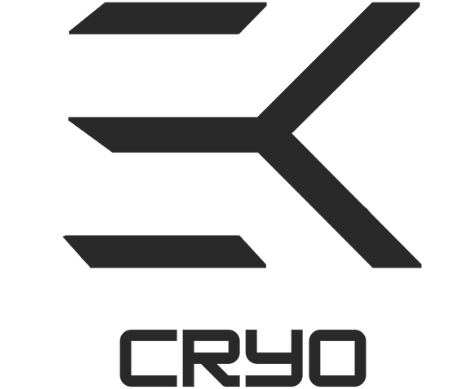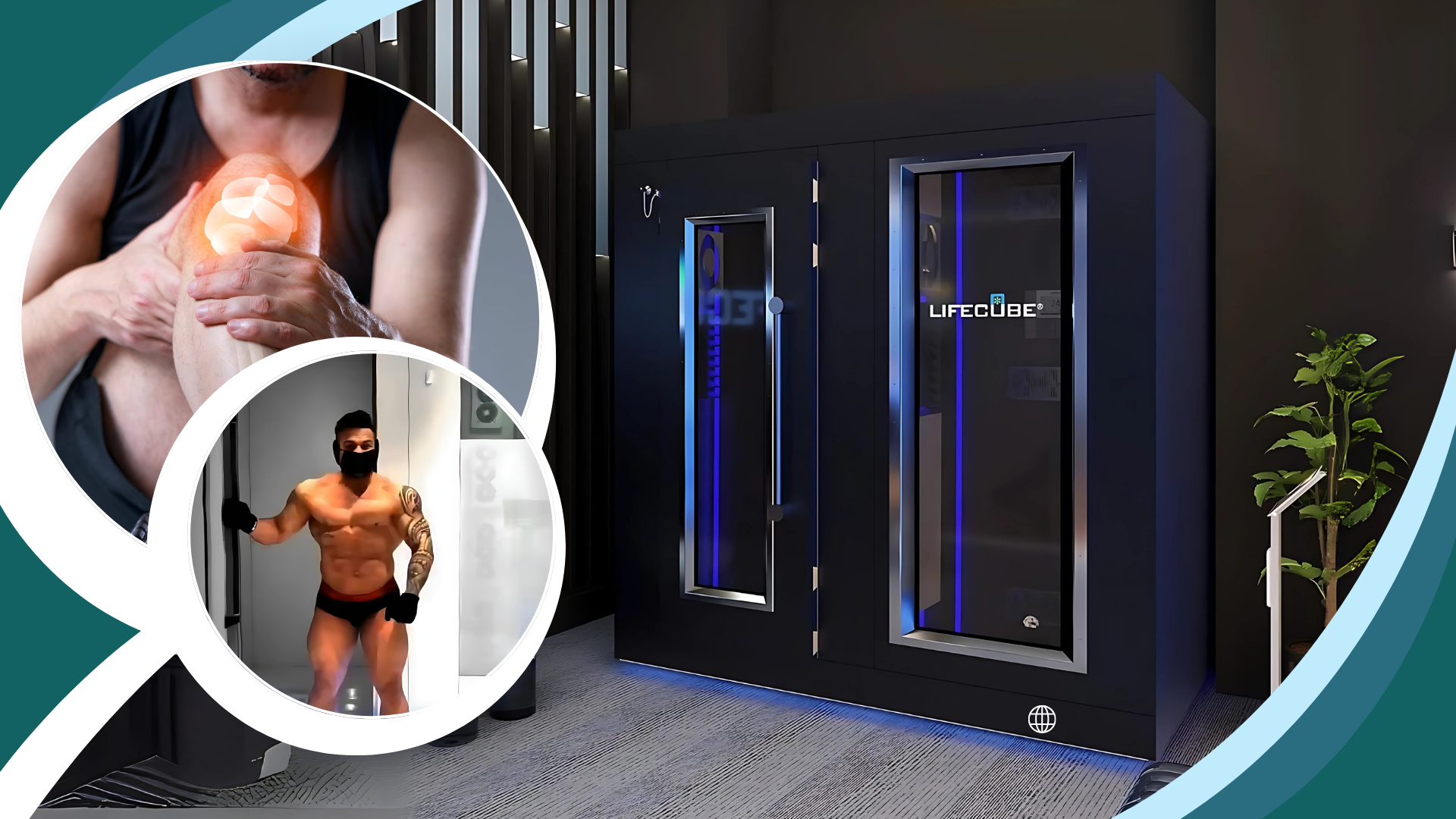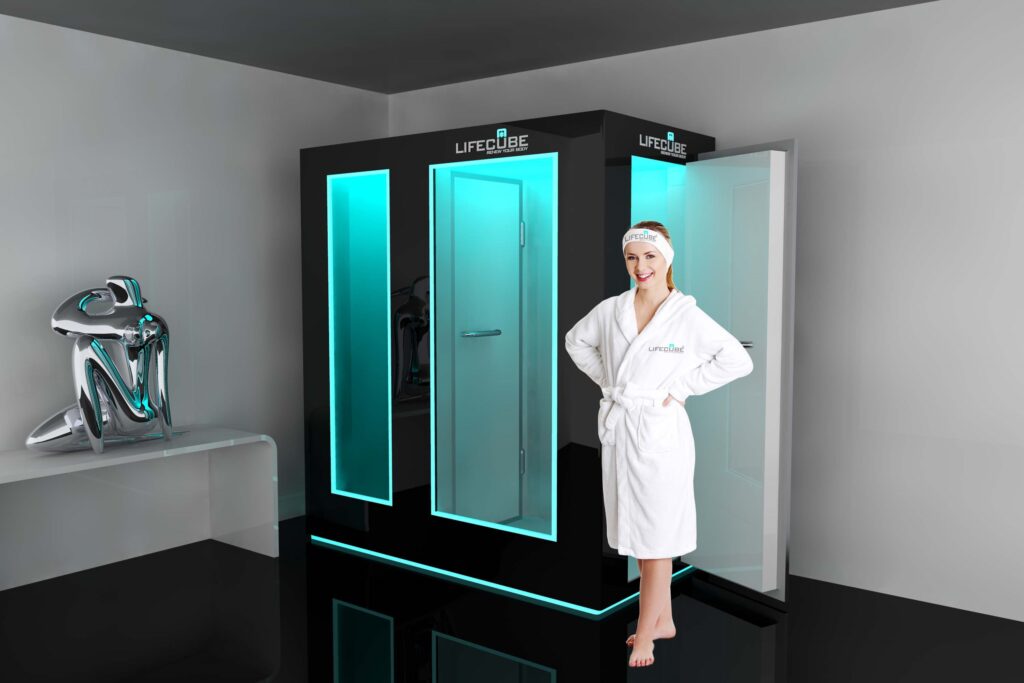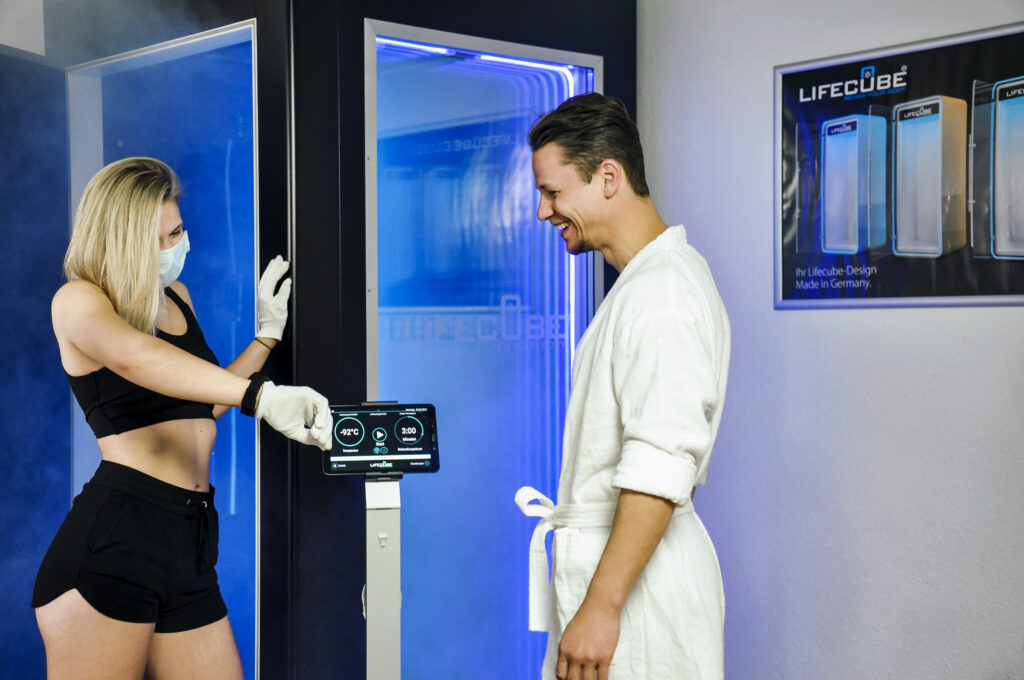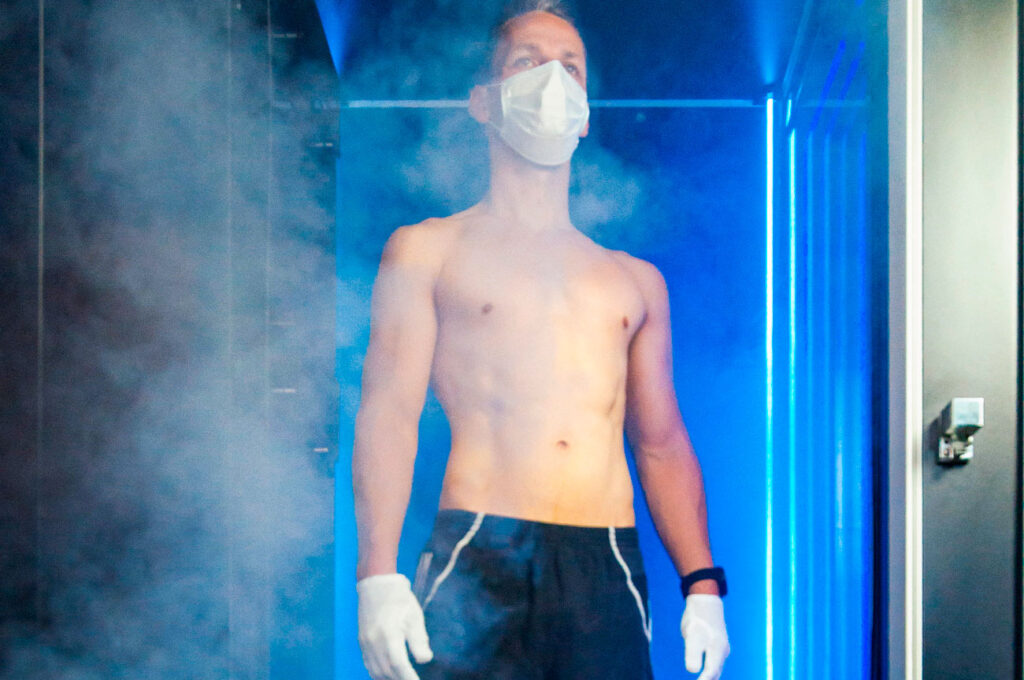Enter cryotherapy – the chilly trend athletes around the world swear by for muscle recovery. From Premier League footballers to Olympic sprinters, cryotherapy has become a staple in the post-training routine. Whether it’s elite athletes or everyday gym-goers turning to cryotherapy in London, this frosty treatment is gaining serious momentum. But is it really worth the hype? And how exactly does it work? Let’s dive into the icy world of cryotherapy for muscle recovery and why so many in the fitness world are taking the cold plunge.
What Is Cryotherapy?
Cryotherapy – literally meaning “cold therapy” – involves exposing the body to extremely low temperatures for a short period of time. We’re talking as low as -110°C, for around two to four minutes. It sounds intense, and it is, but that’s the point.
There are a few ways to do it:
- Whole-body cryotherapy: Stepping into a cryo chamber or cryosauna where your entire body (except your head, in some setups) is blasted with cold, dry air.
- Localised cryotherapy: Targeted cold treatment applied to specific areas, often used for injury or joint pain.
- Ice baths: The old-school method of submerging yourself in a bath of ice water. Brutal but still popular.
While all these methods have their benefits, it’s the high-tech whole-body cryotherapy that’s caught the attention of elite athletes and recovery-focused individuals.
How Cryotherapy Works for Muscle Recovery

When your body is exposed to extreme cold, it goes into survival mode. Blood vessels constrict (vasoconstriction), redirecting blood away from your limbs and towards your core to protect vital organs. Once the session ends, your body warms up, blood vessels dilate, and freshly oxygenated, nutrient-rich blood rushes back to your muscles (vasodilation).
This process is believed to:
- Reduce inflammation and muscle soreness
- Speed up tissue repair
- Flush out toxins and waste products like lactic acid
- Trigger endorphin release, boosting mood and reducing perceived pain
Essentially, cryotherapy gives your body a hard reset – helping it recover faster, feel less sore, and get back to performing at its best.

Why Athletes Love It
So, what makes cryotherapy for muscle recovery such a go-to for athletes? It’s all about efficiency, effectiveness, and edge.
1. Faster Recovery, Less Downtime
After a tough match or intense gym session, delayed onset muscle soreness (DOMS) can be brutal. Cryotherapy helps reduce inflammation, which in turn helps lessen that post-exercise stiffness and pain.
That means quicker bounce-back between sessions and more consistent training – a game-changer for anyone working towards a physical goal.
2. Boosted Circulation and Oxygen Delivery
By increasing blood flow post-session, cryotherapy ensures muscles get the oxygen and nutrients they need to recover. This not only supports tissue repair but helps remove metabolic waste built up during training.
3. Reduced Risk of Injury
Frequent intense training can leave the body in a constant state of inflammation. Cryotherapy helps reduce this baseline inflammation, allowing the body to heal more thoroughly and lowering the risk of overuse injuries.
4. Mental Edge and Mood Boost
Beyond the physical, cryotherapy can give athletes a mental lift. That post-session endorphin hit – often called the “cryo high” – can leave you feeling energised, focused, and ready to take on the world. It’s no surprise that mental performance is just as valued as physical ability in elite sport.
What the Science Says
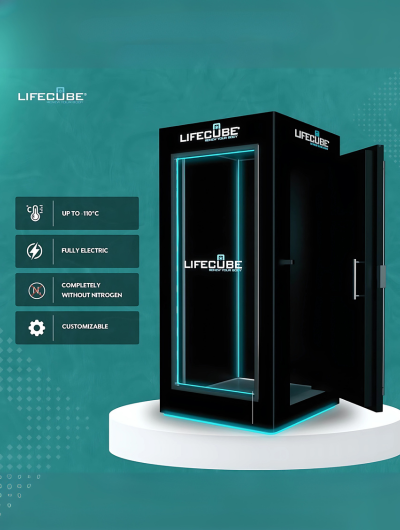
While cryotherapy is popular, it’s also a subject of ongoing research. Some studies show clear benefits for reducing muscle soreness and inflammation, while others note the need for more data to determine long-term effects.
That said, anecdotal evidence from athletes is overwhelming. When people who depend on their bodies for their careers consistently turn to therapy, it’s worth paying attention.
Recent studies have found:
- Reduced muscle damage markers: Cryotherapy may lower creatine kinase (CK) levels in the blood, a marker of muscle damage.
- Improved muscle strength recovery: Some trials suggest athletes regain muscle power quicker after cryotherapy versus passive recovery methods.
Decreased perception of soreness: While the physiological mechanisms are still debated, users often feel better faster – and perception matters, especially in sport.

Is It Just for Elite Athletes?
Absolutely not. Cryotherapy is increasingly used by everyday fitness enthusiasts, runners, weightlifters, and even people managing chronic pain or joint issues. If you train hard, feel sore often, or want to optimise recovery, cryotherapy for muscle recovery could be well worth a try.
You don’t need a gold medal to benefit from faster healing and reduced inflammation.
What to Expect from a Cryotherapy Session
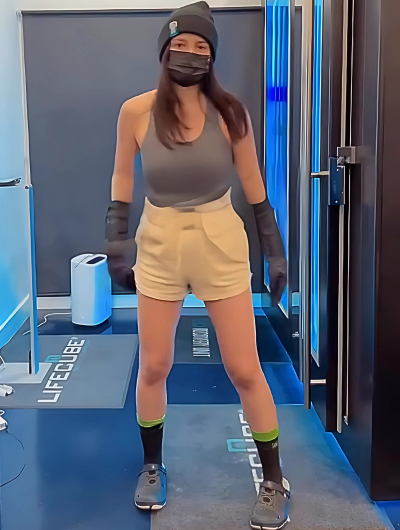
Nervous about stepping into a freezing pod? Don’t be. Most people find it surprisingly tolerable – and even enjoyable after the first go.
Here’s what a typical session looks like:
- Preparation: You’ll change into socks, gloves, and sometimes slippers and shorts. Metal jewellery and moisture (including sweat) need to be removed.
- Session: You step into the cryo chamber, and the temperature quickly drops. You’ll stay inside for around 2–4 minutes while moving slightly to stay comfortable.
- Cool Down: After stepping out, you’ll warm up naturally, sometimes with light exercise or stretching. Many people feel energised and clear-headed immediately after.
Sessions are quick, safe, and non-invasive – making it easy to fit into even the busiest training schedule.

Are There Any Risks?
Cryotherapy is generally safe when done under professional supervision. However, it’s not for everyone.
Avoid cryotherapy if you:
- Have uncontrolled high blood pressure
- Suffer from severe cardiovascular issues
- Are pregnant
- Have cold-triggered conditions like Raynaud’s disease
Always speak to a medical professional before starting any new treatment, especially if you have underlying health concerns.
How Often Should You Do It?

For general muscle recovery, once or twice a week might be enough. Athletes in intense training cycles may go up to four or five times weekly. Many clinics offer cryotherapy packages in London or memberships to make regular sessions more affordable.
It’s also worth noting that some benefits (like improved sleep and reduced inflammation) tend to improve with consistent use over time – it’s not necessarily a one-and-done miracle.

Is It Worth It?
If you’re serious about performance, consistency, and recovery, it’s easy to see why cryotherapy for muscle recovery has gained such a strong following. It’s quick, efficient, and offers both physical and mental benefits – from reducing soreness and speeding up healing to giving you that all-important psychological edge.
Whether you’re lifting heavy, running long, or chasing athletic goals, recovery isn’t a luxury – it’s a necessity. And if there’s a way to help your body bounce back faster, feel better, and train smarter?
Well, that’s worth stepping into the cold for.
FAQ
What is cryotherapy for muscle recovery?
Cryotherapy for muscle recovery involves exposing your body to extremely cold temperatures for a short period to reduce inflammation, speed up healing, and ease soreness. It’s popular among athletes, fitness enthusiasts, and anyone looking to optimise recovery after intense activity.
How soon after a workout should I use cryotherapy?
Ideally, within a few hours of finishing intense exercise. This helps reduce inflammation before it fully sets in, speeding up recovery time.
Is cryotherapy in London safe for everyone?
Generally, yes – but it’s not suitable for people with certain health conditions such as uncontrolled high blood pressure, severe heart problems, or cold-triggered illnesses. Always consult your GP before starting any new recovery method.
How many sessions are needed for results?
Some people feel benefits after a single session, while athletes often incorporate cryotherapy two to four times per week during heavy training periods.
Can beginners or non-athletes try cryotherapy for muscle recovery?
Absolutely. You don’t need to be a professional athlete to benefit from cryotherapy. Many people use it for general fitness recovery, improved circulation, and even stress relief.
